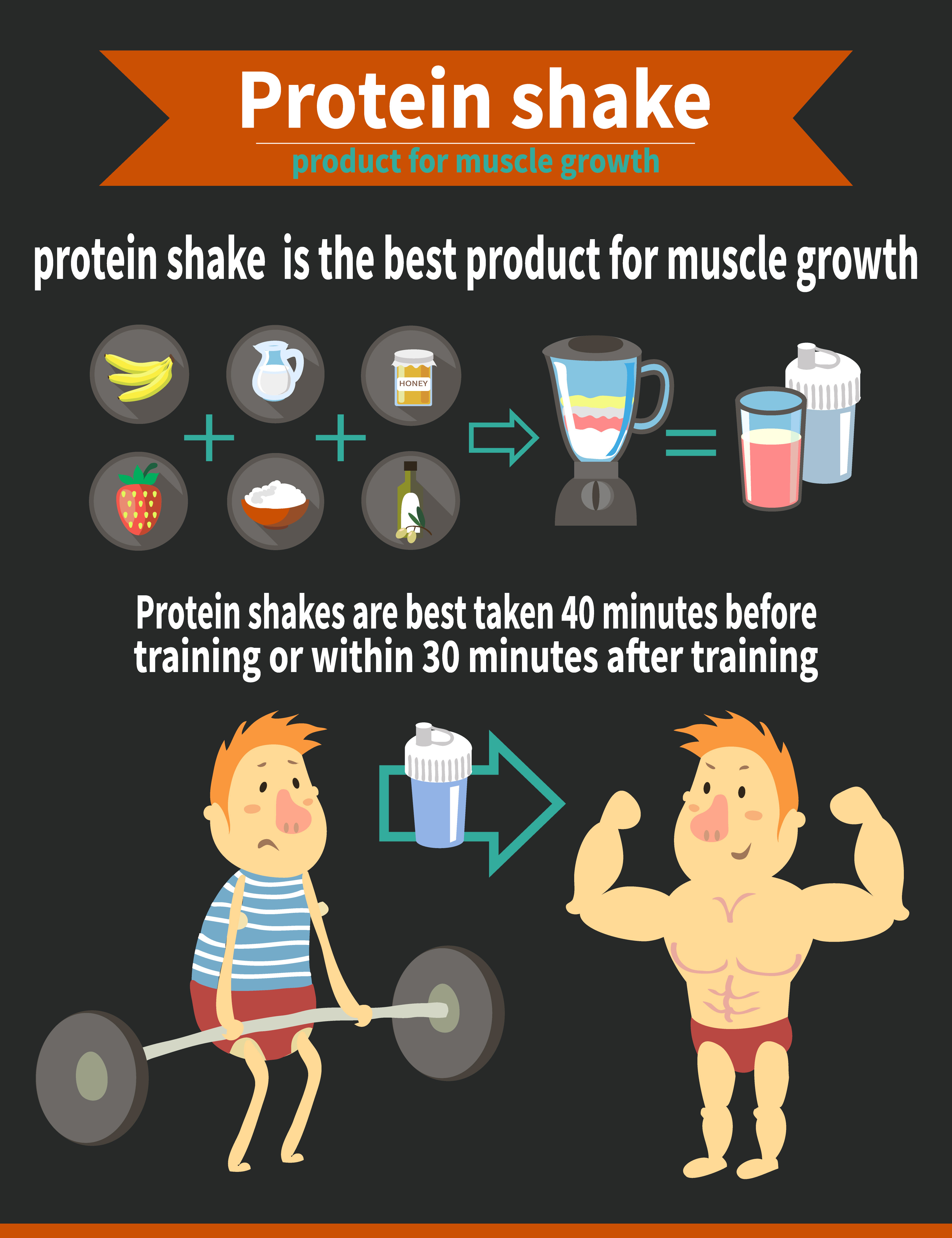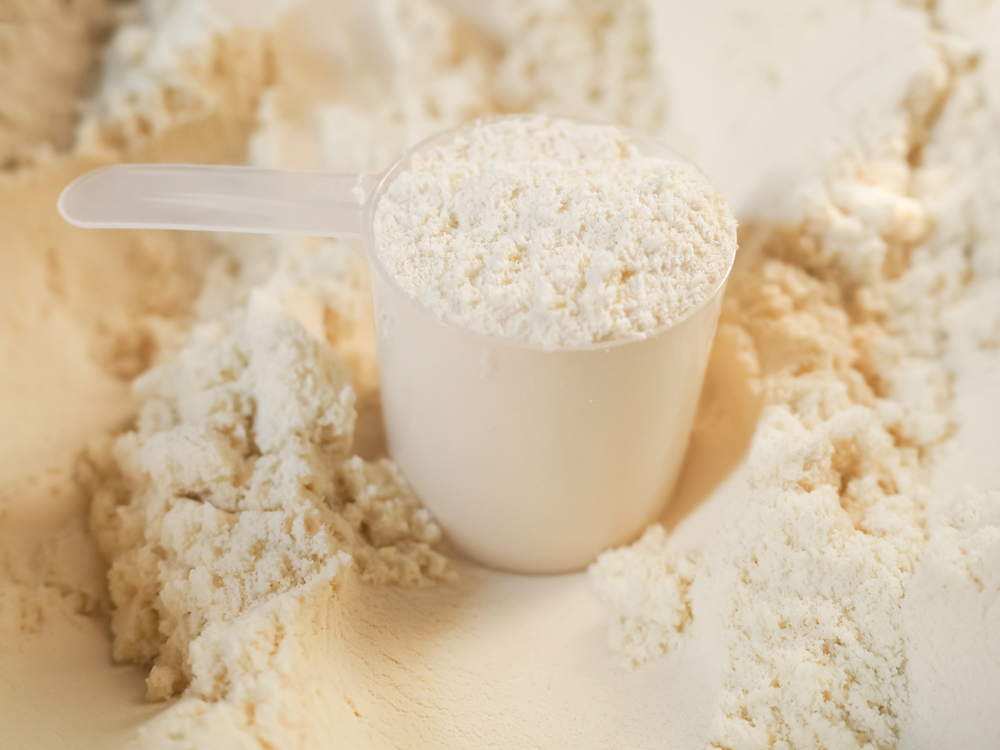As we age, we tend to lose muscle. The medical term for this is sarcopenia, which translates to “muscle loss”. Unless you do something about it, you can lose 40 percent of your muscle mass by age 70. Various explanations are offered for this age-related muscle loss, such as lack of sufficient resistance exercise, which is probably the foremost cause.
Why do we need proteins?
Muscle, similarly to other tissues of the body, works on a use-it-or-lose-it principle. Muscle not exercised regularly with enough overload to stress the muscle will atrophy, or shrink. That gradual loss leads to physical immobility to the extent that many people get so weak, they cannot care for themselves. Loss of muscle also lowers metabolism, which can lead to “creeping obesity”. That, in turn, produces a state of increased overall body inflammation, resulting in ailments that range from cardiovascular disease to cancer to Alzheimer’s disease.
Another possible cause of sarcopenia is insulin resistance. While insulin is best known for its role in promoting carbohydrate uptake into cells, it also provides a potent anticatabolic effect in muscle. As we age, muscles become insulin resistant, and that leads to excess muscle catabolism or loss of muscle. This type of insulin resistance is not related to the type that commonly occurs in the early stages of type 2 diabetes. Diabetic insulin resistance is linked to a combination of genetics and excess body fat. Age-related insulin resistance, however, is not related to body composition – but there is evidence that maintaining muscle mass with age will prevent age-related insulin resistance.

Still another cause of age-related muscle loss is known as anabolic resistance. That relates to a lessened ability to synthesize muscle proteins after protein or amino acids are taken in. The same doses of protein that produce increased muscle protein synthesis in younger people often fail to do it in older people. Older people appear to absorb protein differently than their younger peers. One example of this is that older people absorb more protein when eating fewer meals, while younger people absorb more protein from more frequent meals. Several researchers have suggested that because of the increased difficulty older people have in absorbing and using food protein, they should choose higher-quality protein sources that are easier for the body to digest and absorb.
Best source of protein is...?
In recent years it has become apparent that the best sources of protein are those that come from milk. That relates to the easy digestibility of milk proteins combined with their rich content of essential amino acids. The two primary proteins in milk are casein and whey, and they have different absorption characteristics. Whey is a rapidly absorbed protein capable of rapid amino acid release, which in turn, favours increased muscle protein synthesis. Casein, on the other hand, is a slow-acting protein. It curdles in the stomach like cheese and releases its amino acid content over a period of up to seven hours. The slow-release effect casein, with its gradual timed-release amino acid feature, favours anticatabolic effects in muscle. One reason for that is because amino acids block the catabolic effects of cortisol, an adrenal stress hormone known to trigger muscle breakdown. The steady amino acid release provided by casein offsets any harmful effects on muscle produced by cortisol.
With the knowledge that milk proteins have disparate routes of digestion and uptake into the body, other more refined milk proteins have been produced. One example is whey hydrolysates, which make a fast-acting protein such as whey even faster since the protein is enzymatically pre-digested. Some studies show that the hydrolysed whey protein provides superior muscle protein synthesis and recovery effects following intense training; however, other studies show that the more rapidly amino acids are released, the greater the chance of their oxidation in the liver. Other studies have compared hydrolyzed casein to unhydrolyzed whey. Hydrolyzing casein converts it from a slow-acting protein into a rapidly absorbed protein with characteristics similar to whey, but there are still differences, in that the amino acid pattern of casein differs from that of whey.

One reason for the high anabolic activity of whey is its rich content of leucine, an essential amino acid. Leucine is one of the three branched-chain amino acids, but, more important, it’s been shown to be the key amino acid regulator of muscle protein synthesis. It does that by encouraging the activity of various muscle protein transcription factors that govern the degree of muscle protein production.
Since older people have more difficulty absorbing protein, which type of protein would be of most benefit to the over 40? That was the focus of a study.
Forty-eight older men, average age 74, were randomly assigned to get 20 grams of one of the following:
- Amino-acid-tagged whey protein
- Casein
- Casein hydrolysate
Some explanation is necessary regarding option. The special whey protein used was obtained by infusing cows with large amounts of radioactively labelled phenylalanine, an essential amino acid. The milk from those cows was then collected, and the whey and casein were purified and separated. Some of the collected casein was hydrolysed by treating it with enzymes, which enabled the researchers to get an accurate assessment of the fate of the protein sources after the subjects ate them. The subjects were also given an intravenous tagged-amino-acid solution to monitor the digestion and absorption characteristics of the protein.
Results
As expected, the amino acid delivery rate was most rapid with the whey and casein hydrolysate proteins, but the muscle protein synthesis rate was also higher after the whey than both casein groups. Since the casein hydrolysate has similar digestion characteristics to the whey, why did the whey promote a higher rate of muscle protein synthesis? It had to do with the higher leucine content of whey, which contains 12.5 per cent leucine compared to the 8.5 per cent is casein. In addition, the availability of amino acids was higher over a six-hour period in the whey group compared to those who got the casein hydrolysate, which favours greater muscle protein synthesis. The casein hydrolysate did, however, produce higher rates of leucine appearance than normal casein.
So it appears that for those over 40, whey is the way to go if you want an increased anabolic effect from protein.







2 Comments